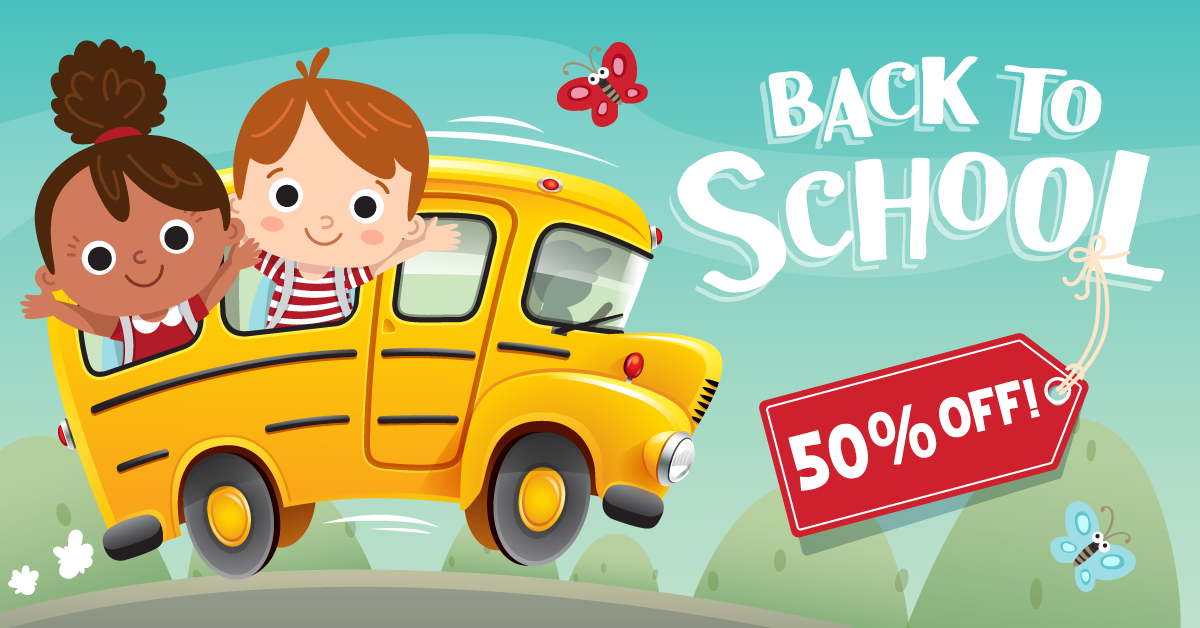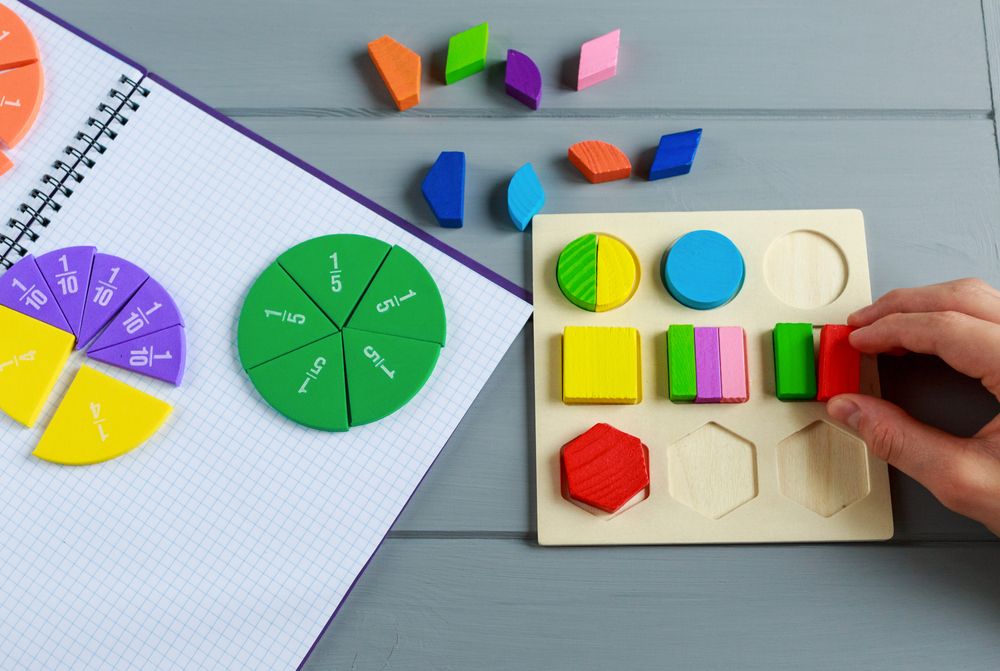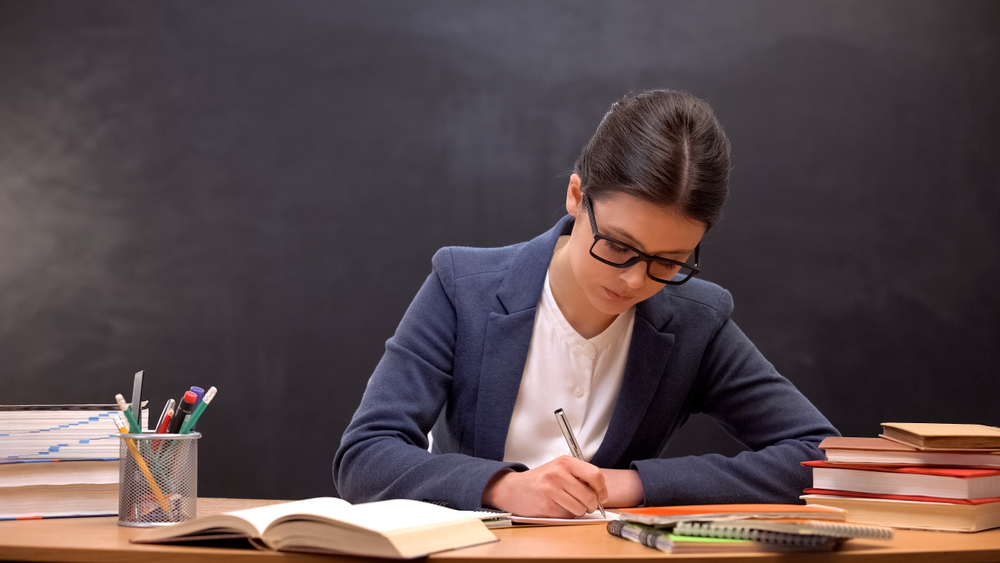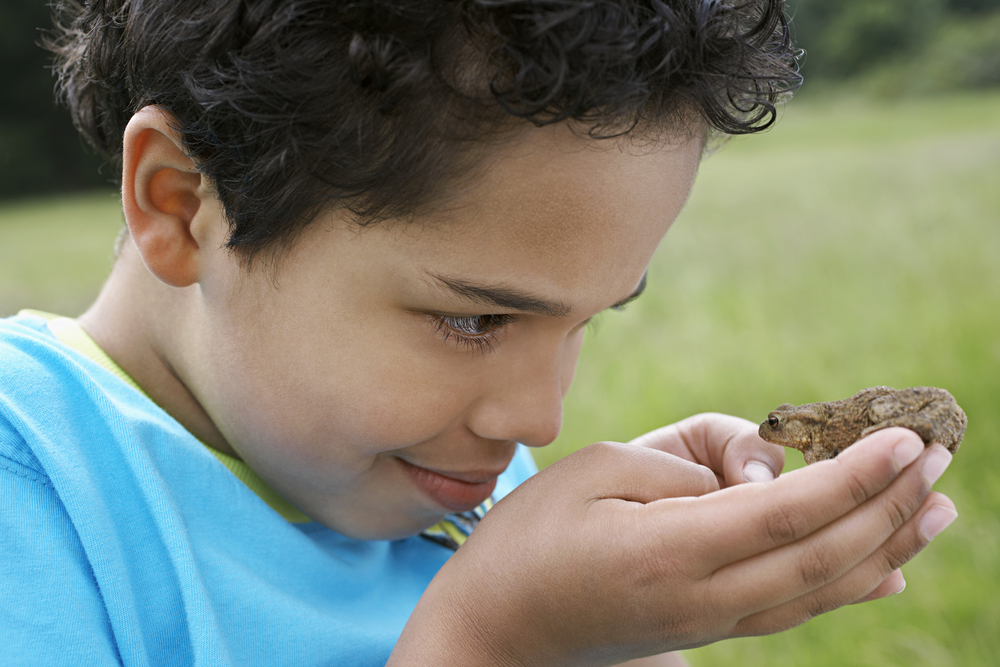Understanding positioning Worksheets for Kids
1 filtered results
-
From - To
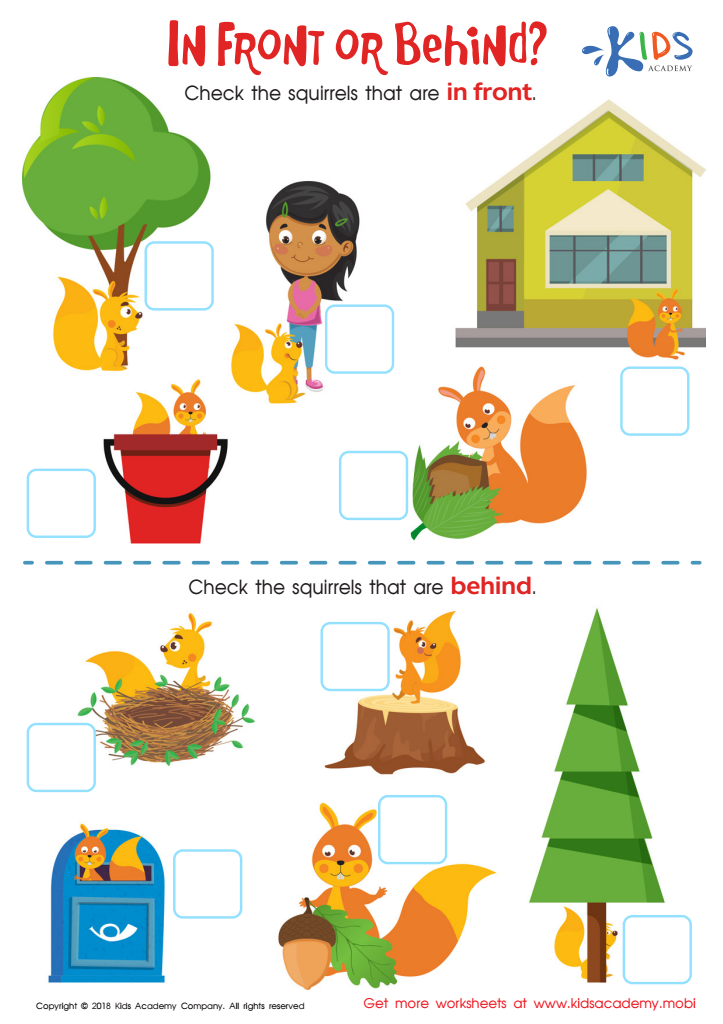

In Front or Behind: Part 2 Worksheet
Question/Answer
How does the mastery of the Understanding positioning skill affect a student's performance at an early age?
Mastery of the Understanding positioning skill at an early age significantly enhances a student's spatial awareness, mathematics understanding, and ability to navigate their environment effectively. It improves problem-solving skills, aids in the comprehension of geometry, and fosters better physical coordination. Overall, it positively impacts academic performance and daily life activities by providing a foundational skill for learning and interaction.
Why is the Understanding positioning skill important for Kindergarten students?
The Understanding positioning skill is important for Kindergarten students because it lays the foundation for spatial awareness, critical for mathematics, reading, and daily life activities. It helps them comprehend and follow directions, arrange objects spatially, and navigate their environment safely. This skill is crucial for their overall cognitive development and academic success.
How to train the Understanding positioning skill in Kindergarten students learning about Geometry?
To train the Understanding positioning skill in Kindergarten students, use hands-on activities and games that involve following and giving directions, such as Simon Says, treasure hunts, and obstacle courses. Incorporate toys and props (e. g.
 Assign to the classroom
Assign to the classroom


